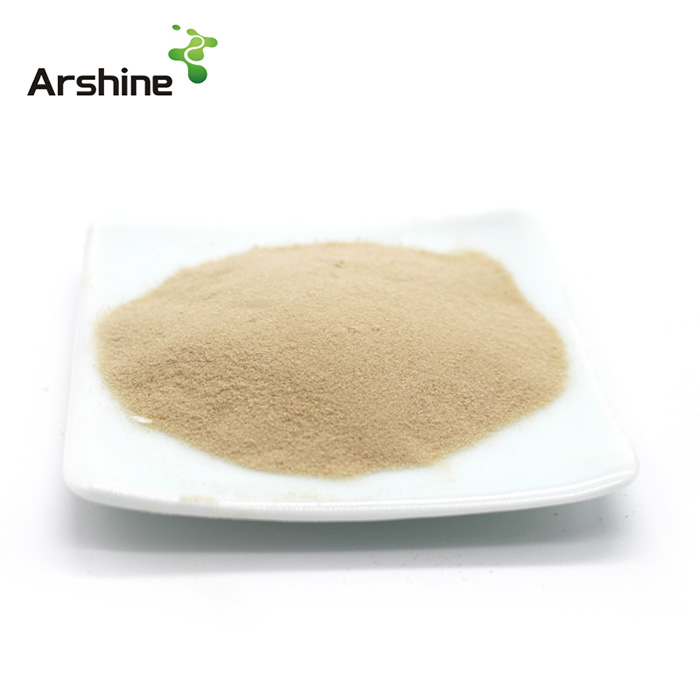Home >> Products >> Thickeners

Gum arabic, also known as acacia gum, is a natural gum consisting of the hardened sap of various species of the acacia tree. Originally, gum arabic was collected from Acacia nilotica which was called the "gum arabic tree"; in the present day, gum arabic is predominantly collected from two related species, namely Acacia senegal and Vachellia (Acacia
Introduction
Gum arabic, also known as acacia gum, is a natural gum consisting of the hardened sap of various species of the acacia tree. Originally, gum arabic was collected from Acacia nilotica which was called the "gum arabic tree"; in the present day, gum arabic is predominantly collected from two related species, namely Acacia senegal and Vachellia (Acacia) seyal. Producers harvest the gum commercially from wild trees, mostly in Sudan (80%) and throughout the Sahel, from Senegal to Somalia—though it is historically cultivated in Arabia and West Asia. Gum arabic is a complex mixture of glycoproteins and polysaccharides. It is the original source of the sugars arabinose and ribose, both of which were first discovered and isolated from it, and are named after it. Gum arabic is used primarily in the food industry as a stabilizer. It is edible and has E number E414. Gum arabic is a key ingredient in traditional lithography and is used in printing, paint production, glue, cosmetics and various industrial applications, including viscosity control in inks and in textile industries, though less expensive materials compete with it for many of these roles. While gum arabic is now produced throughout the African Sahel, it is still harvested and used in the Middle East. For example, Arab populations use the natural gum to make a chilled, sweetened, and flavored gelato-like dessert.
Functions and Applications
1.It is mainly used as thickener, stabilizer, emulsifier, coating agent glaze.
2.This product is widely used in beverage production, such as the production of soft drinks, juice concentrate flavor and essential oils which can be stabilized.
3.It is also used in candy making, like traditional hard (liquor) chicle, soft candy, cotton candy.
4.It could also be used as foam stabilizer.
| Components: | Guaranteed Analysis: |
| Appearance | White Powder |
| Odor | Own inherent smell, no odor |
| Viscosity ( Brookfield RVT, 25%, 25°C, Spindle #2, 20rpm, mPa.s) | 60-100 |
| pH | 3.5- 6.5 |
| Moisture(105°C, 5h) | 15% Max |
| Solubility | Soluble in water, insoluble in ethanol |
| Nitrogen | 0.24%- 0.41% |
| Ash | 4% Max |
| Insolubles in Acid | 0.5% Max |
| Starch | Negative |
| Dannin | Negative |
| Arsenic (As) | 3ppm Max |
| Lead (Pb) | 10ppm Max |
| Heavy Metals | 40ppm Max |
Inquiry